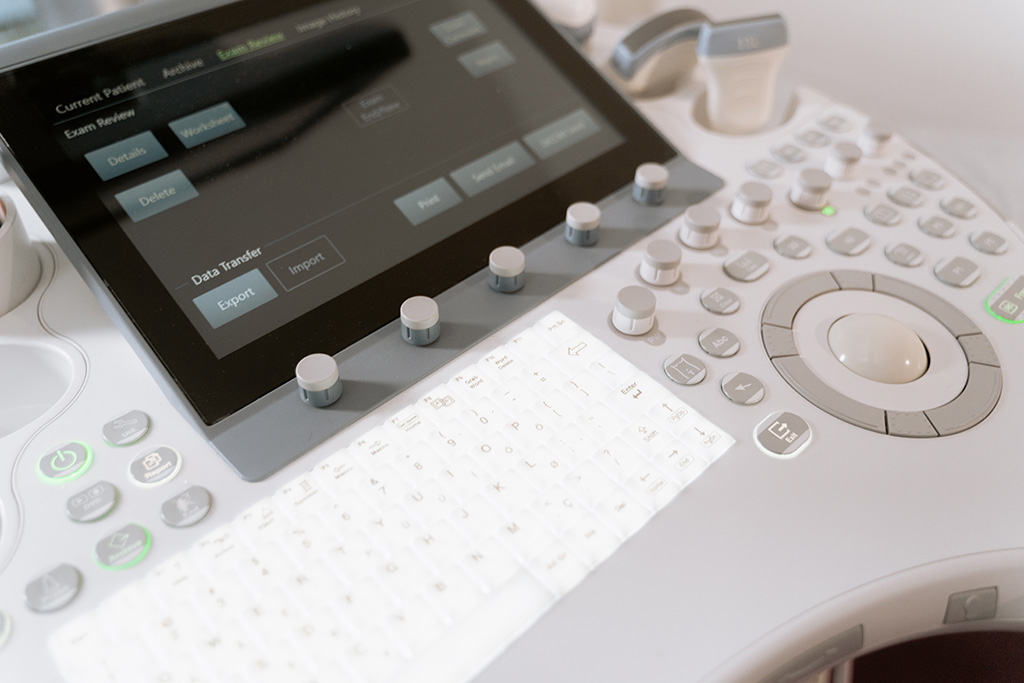Ultrasound Color Doppler Twinkling May Aid Detection of Breast Biopsy Markers
Posted on 08 Sep 2022
Ultrasound color Doppler twinkling may aid the detection of certain biopsy markers in metastatic axillary nodes that resume normal morphology after neoadjuvant systemic therapy, according to a new study.
Researchers at the Mayo Clinic (Rochester, MN, USA) evaluated 35 commercial breast biopsy markers for twinkling artifact in various experimental conditions, including scanning medium (solid gel phantom, ultrasound coupling gel, cadaveric breast), transducer (ML6-15, 9L, C1-6), and embedding material (present vs. absent). Markers were then assigned twinkling scores from 0 (confident in no twinkling) to 4 (confident in exuberant twinkling); score ≥3 represented actionable twinkling. Ultimately, three breast biopsy markers - Cork, Q, and MRI (Flex) - exhibited actionable ultrasound twinkling for ≥2 transducers in cadaveric breast. Additionally, surface roughness was significantly higher for markers with than without actionable twinkling for the C1-6 (median values: 0.97 vs. 0.35, p=.02) and 9L (1.75 vs. 0.36; p=.002) transducers.

Noting that certain breast biopsy markers exhibited actionable twinkling (i.e., sufficient confidence to rely solely on twinkling for target localization) in cadaveric breast, “twinkling was observed with greater confidence for C1-6 and 9L than ML6-15 transducer,” wrote first author Christine U. Lee, MD, PhD, from the department of radiology at Mayo Clinic. “Actionable twinkling was associated with higher marker surface roughness.”
“The use of twinkling artifact to help detect biopsy markers by ultrasound could impact breast radiologists in performing preoperative localization procedures after NST,” the authors concluded, thus impacting breast surgeons in performing intraoperative localization.
Related Links:
Mayo Clinic













